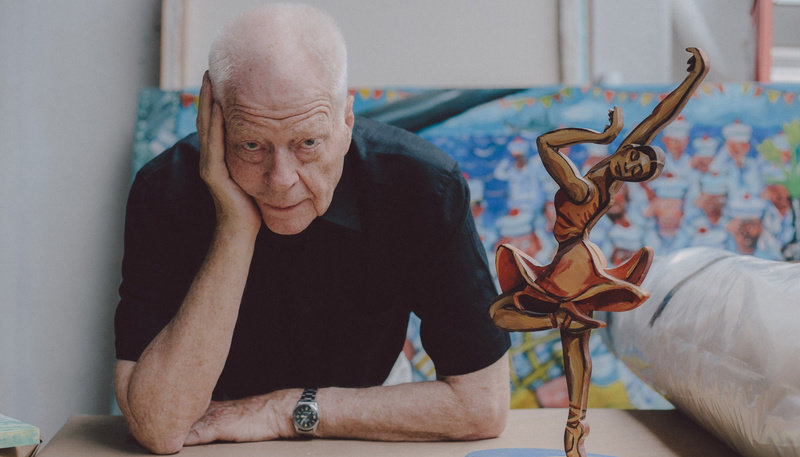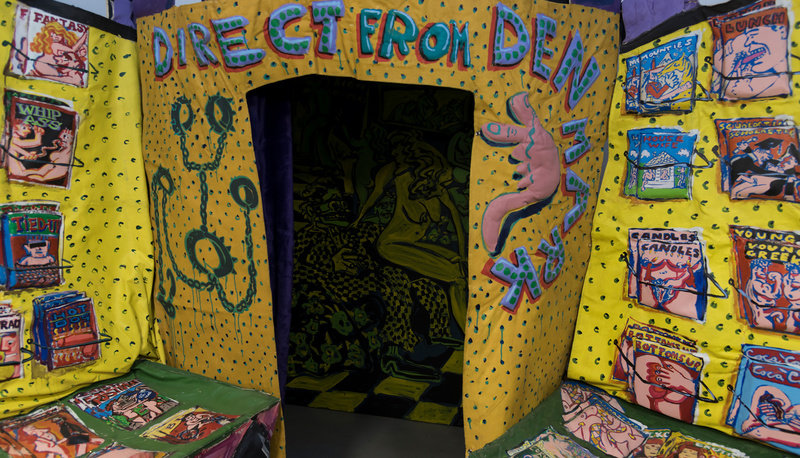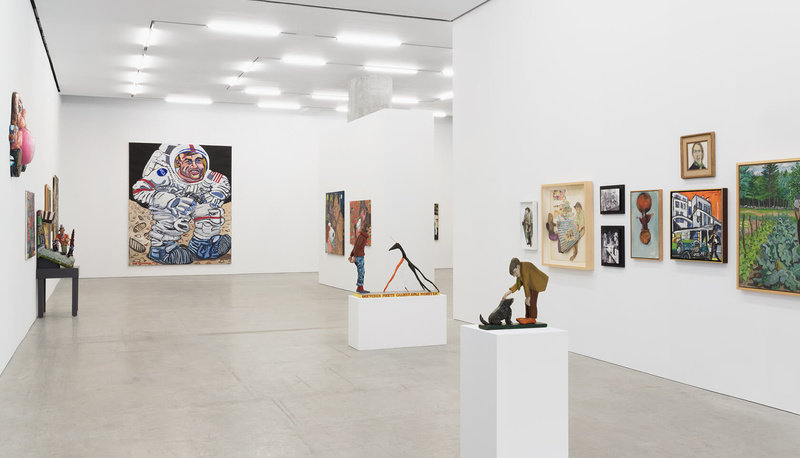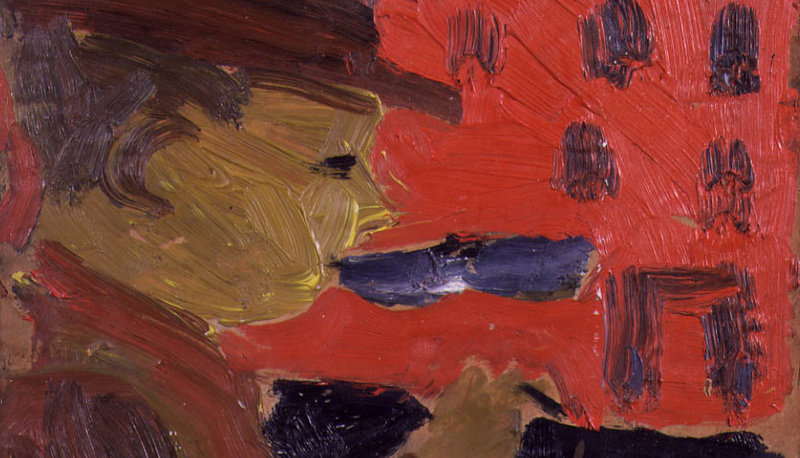Marlborough is pleased to present over 60 years of paintings, drawings, and sculptures by Red Grooms. Though best known for his immersive installations, this exhibition focuses on Grooms’ more intimate, though equally wide-ranging work in drawing, painting, and sculpture and reveals him to be a one-man movement whose vision of art and culture is broad, democratic, and joyous.
Grooms was born in Nashville in 1937. By the time he was 20, he had passed through Chicago, New York, and, most crucially, Provincetown. In each city he absorbed the artistic zeitgeist -- the art brut and surrealist aesthetics of Chicago, the ab-ex mayhem of New York, and the bohemian paradise of Provincetown. Grooms played a crucial role in late 1950s downtown Manhattan, developing what became known as “Happenings” (here represented by Grooms’ 1970 diorama of his own Burning Building performance) and co-founding two loft galleries, where he exhibited friends and peers including Bob Thompson, Claes OIdenburg, Jim Dine, and Marcia Marcus. These years are chronicled in the artist’s early drawings and paintings, each a self-contained work of expressive mark making, observation, humor, and all-out fantasy influenced by artists such as Lester Johnson and Fairfield Porter, and the cartoonist Bill Holman. These works exist, as Grooms himself did, just at the intersection of the abstract 1950s and the pop 1960s, and document the artist finding his voice and community. Among these works is Grooms’ acrylic-on-bedsheet advertisement for his 1962 film with Rudy Burckhardt (also the subject of a sculpture and drawing here), Shoot the Moon, which will itself be on screening in the galley. Grooms' film-work is further represented by a selection of his 1960s handmade paper theaters, each of which contained a drawing scroll that Grooms would perform for friends.
Then, and in the ensuing years, Grooms was always in search of a subject, and had the curiosity and energy to explore it in whatever medium he chose. For a period in the 1960s, that meant acutely observed portraits in dialogue with his longtime friend Alex Katz, such as Roger and His Dragster, which pictures his younger brother and the racecar Roger built in the family home in Nashville; from the 1970s to the present, Grooms has made work that distills and comments on beloved film actors, artists, genres, and activities, including Buster Keaton, Ida Lupino, Lillian Gish, Alexander Calder, rodeos, Edward Hopper, Walt Disney, and of course his beloved New York, here represented by studies for the 1972 No Gas portfolio, as well as some of the artist’s uncanny renderings of the city grids and its inhabitants.
Making a rare appearance in this exhibition is Porno Bookstore, from the 42nd Street section of Ruckus Manhattan, the massive 1975 environment by Grooms and Mimi Gross. This immersive sculpture is a slice of city as it was some 40 years ago.
The largest paintings in this exhibition have never been exhibited: The Boating Party is a mural-scale improvisatory painting, circa mid-1970s, of the 18th century French court made as a “warm up” for another project, perhaps in just a couple of sessions. And from 1972 is billboard-sized study for the sculpture Astronauts on the Moon, from the exhibition 10 Independents at the Solomon R. Guggenheim Museum, New York.
In the last year, Grooms has embarked on two major drawing and painting projects -- the first is a cycle of paintings about Watson, a stuffed animal gifted by the artist’s wife, and his adventures with Sherlock and Moriarty. These are directly painted, go-for-broke cinematic imaginings of the arch detective and his trusty assistant. Similarly personal are a series of drawing-intensive panels that act as a kind of catalog of the artist’s current and past interests, sometimes entirely imagined, others sourced from photographs, and still more occupying an area in between. These works, as with most in this exhibition, showcase the deftness of Grooms’ touch -- his ability, with only the barest means, to conjure detailed worlds of history, ideas, and culture.
Marlborough is publishing a catalog of Red Grooms’ drawings from 1955 to 1965, with an essay by Dan Nadel, to accompany this exhibition.
Works
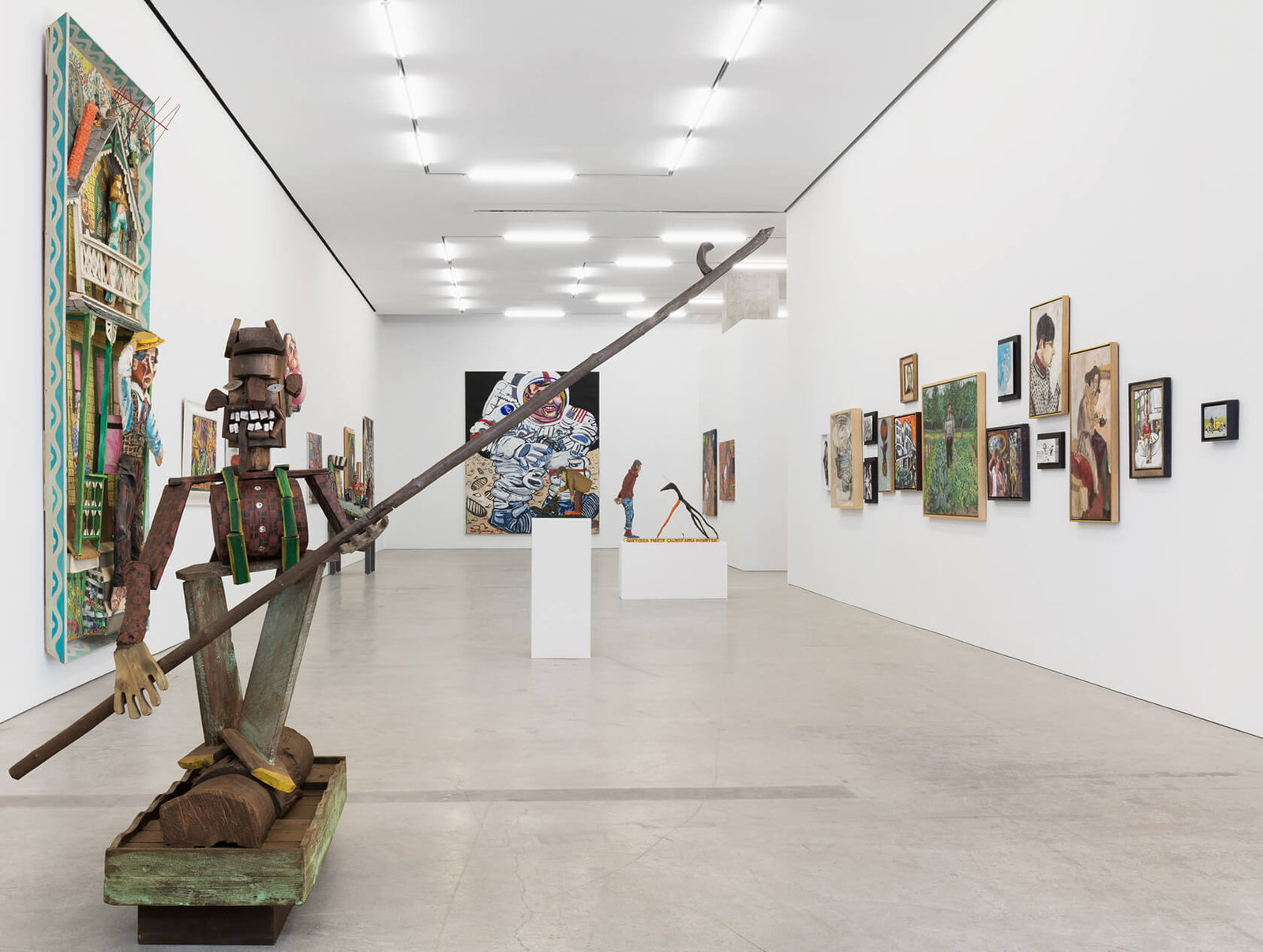

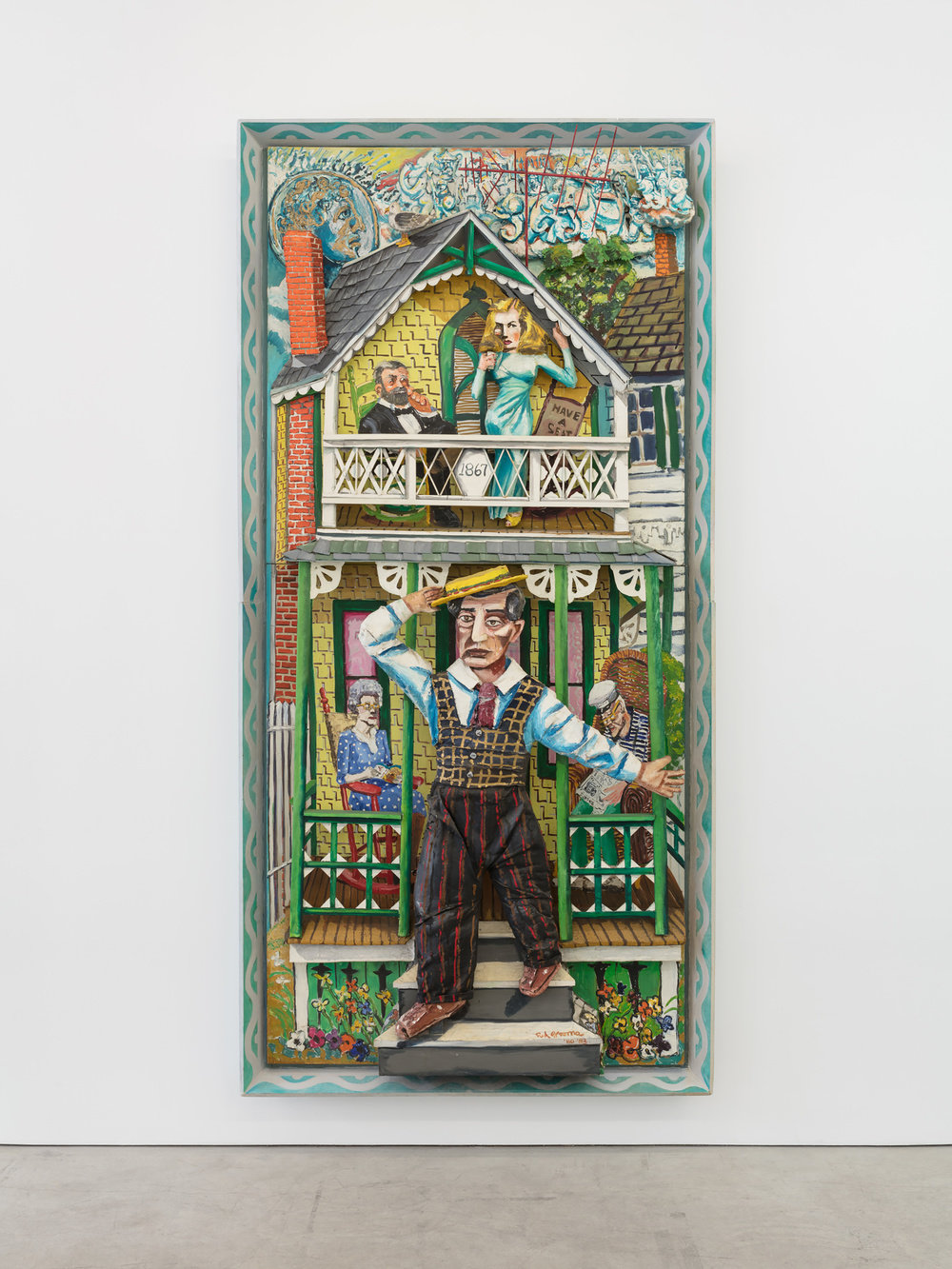
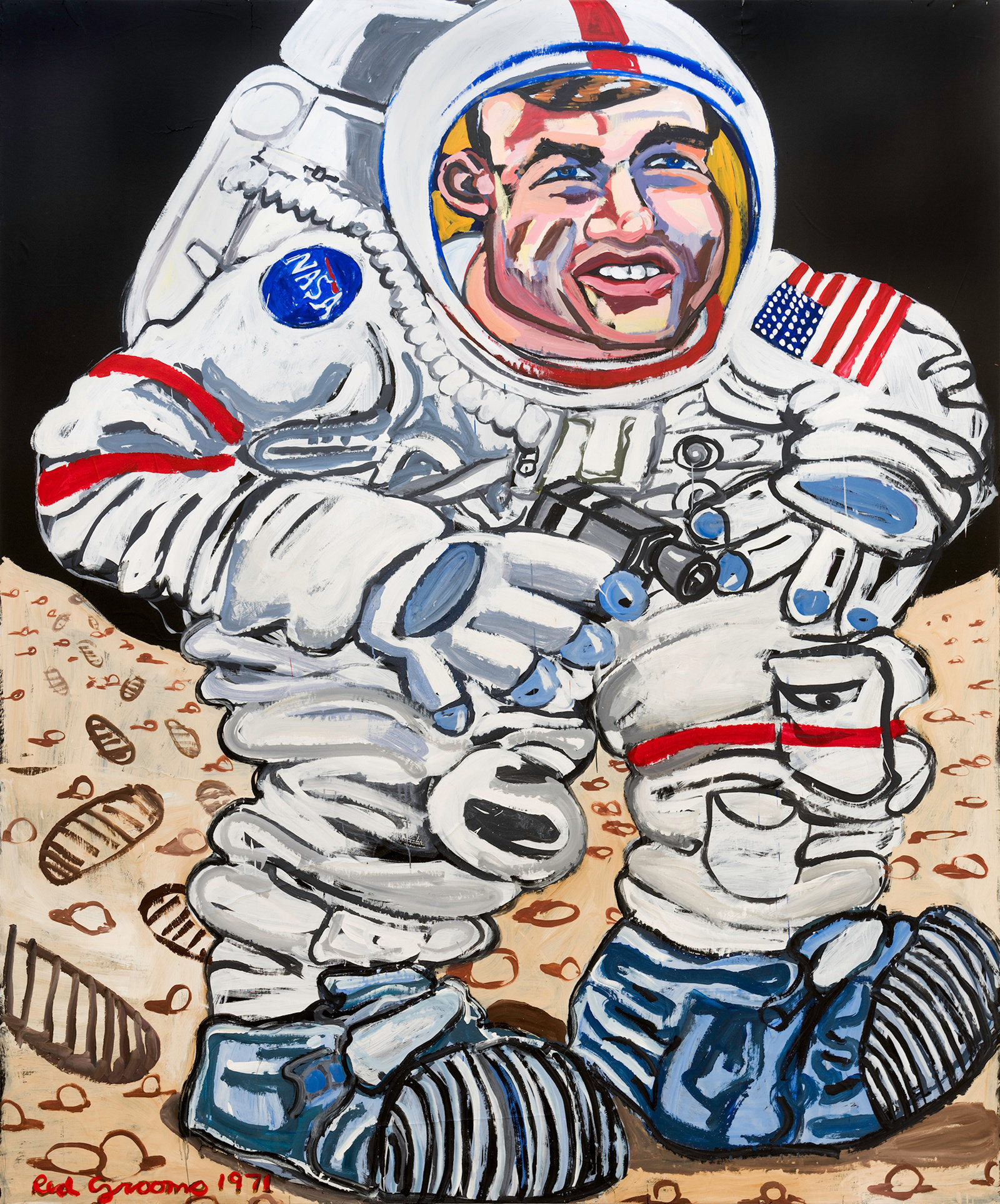
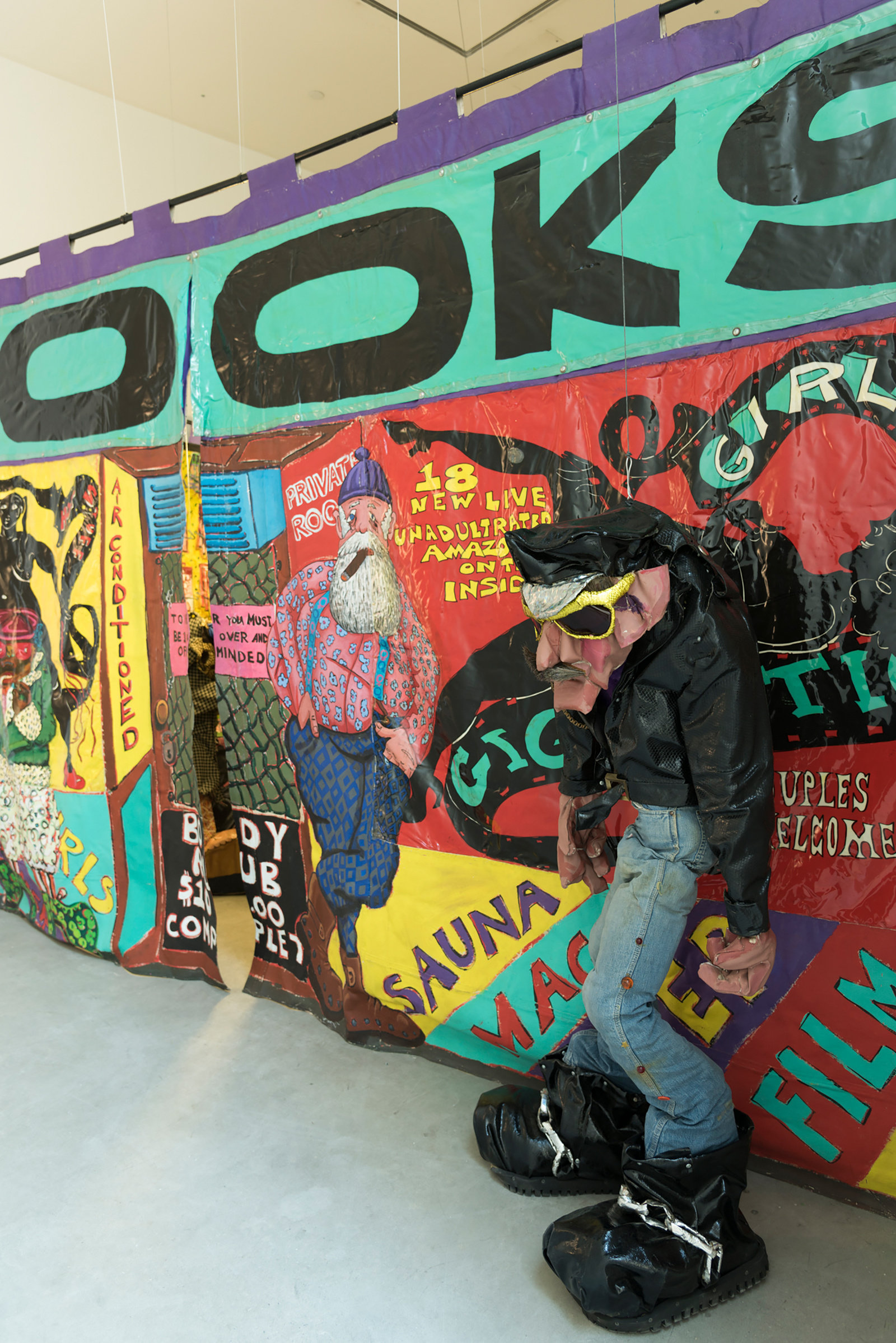
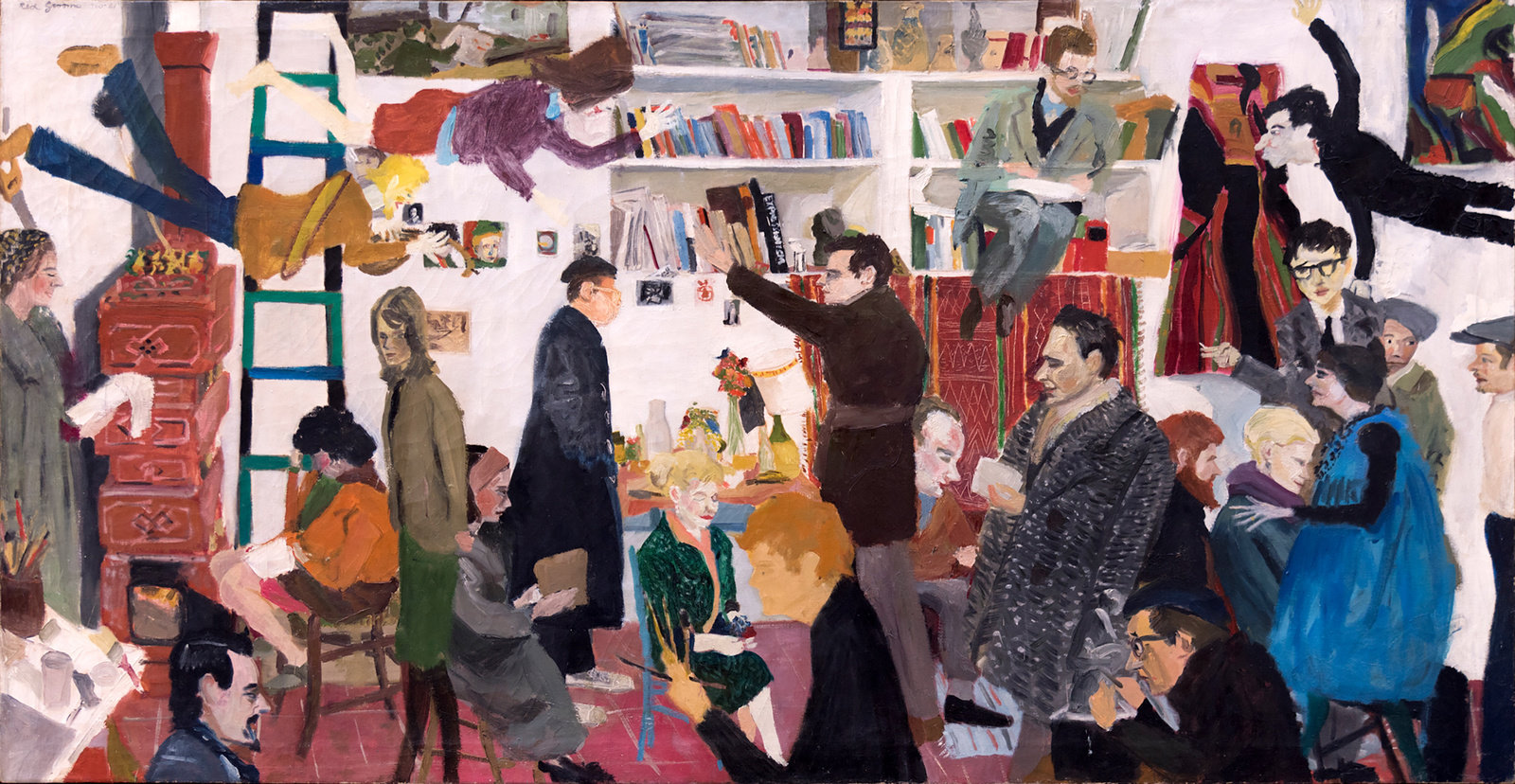
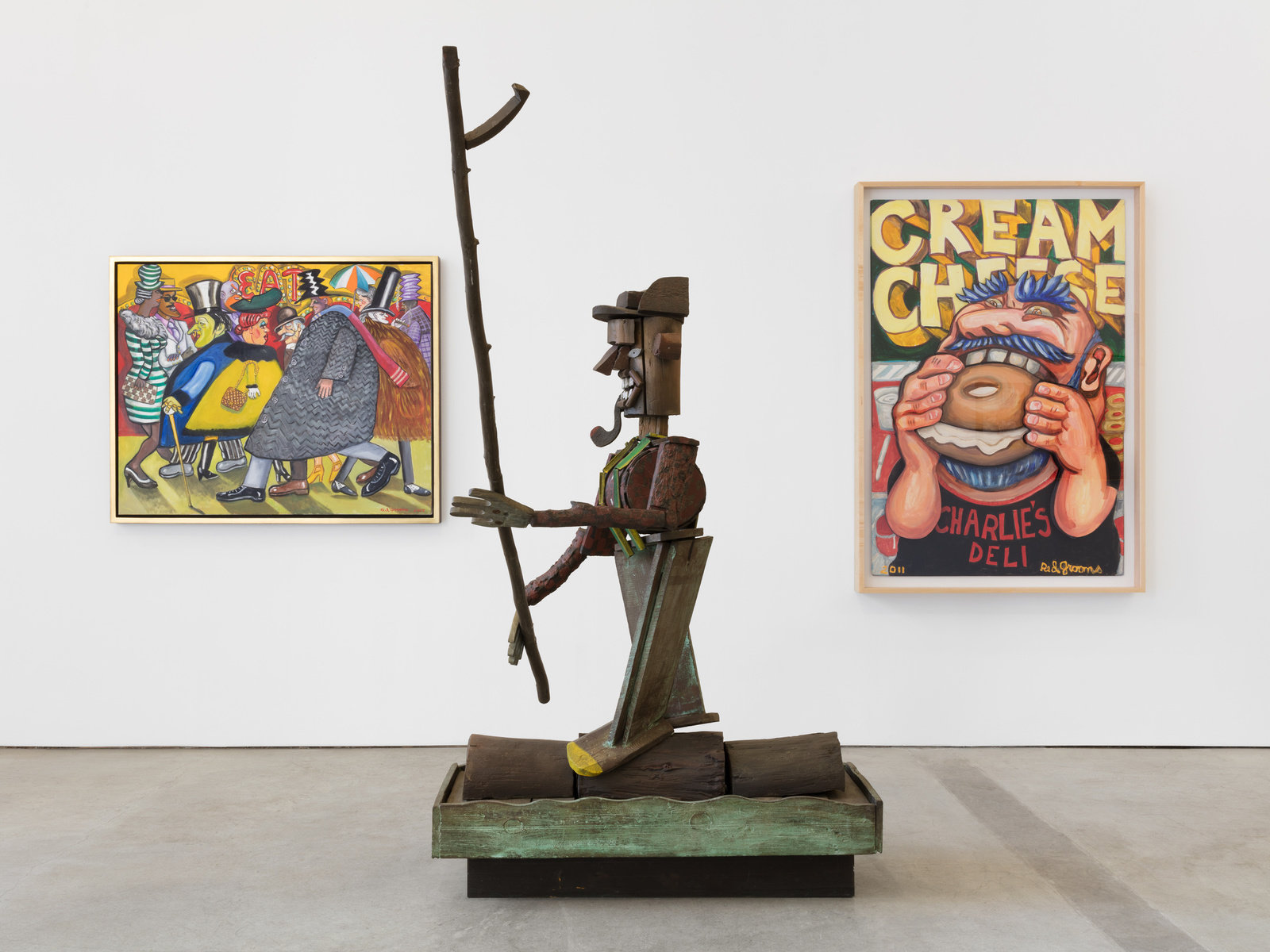
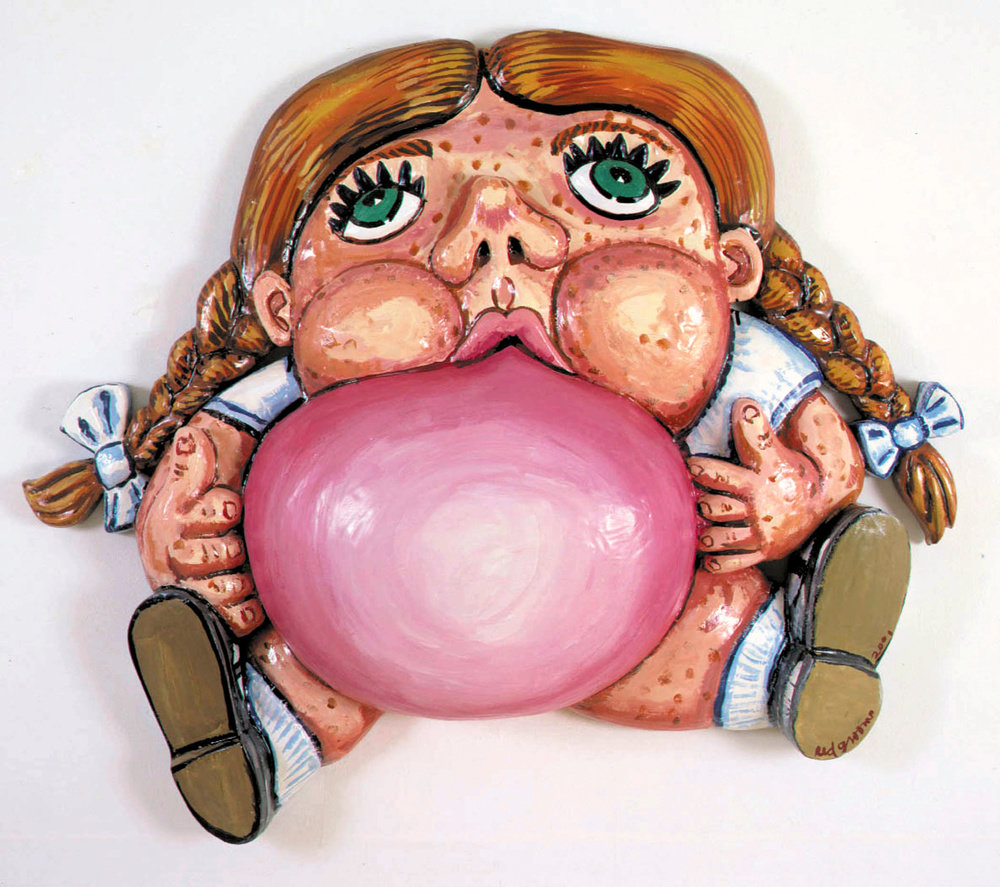
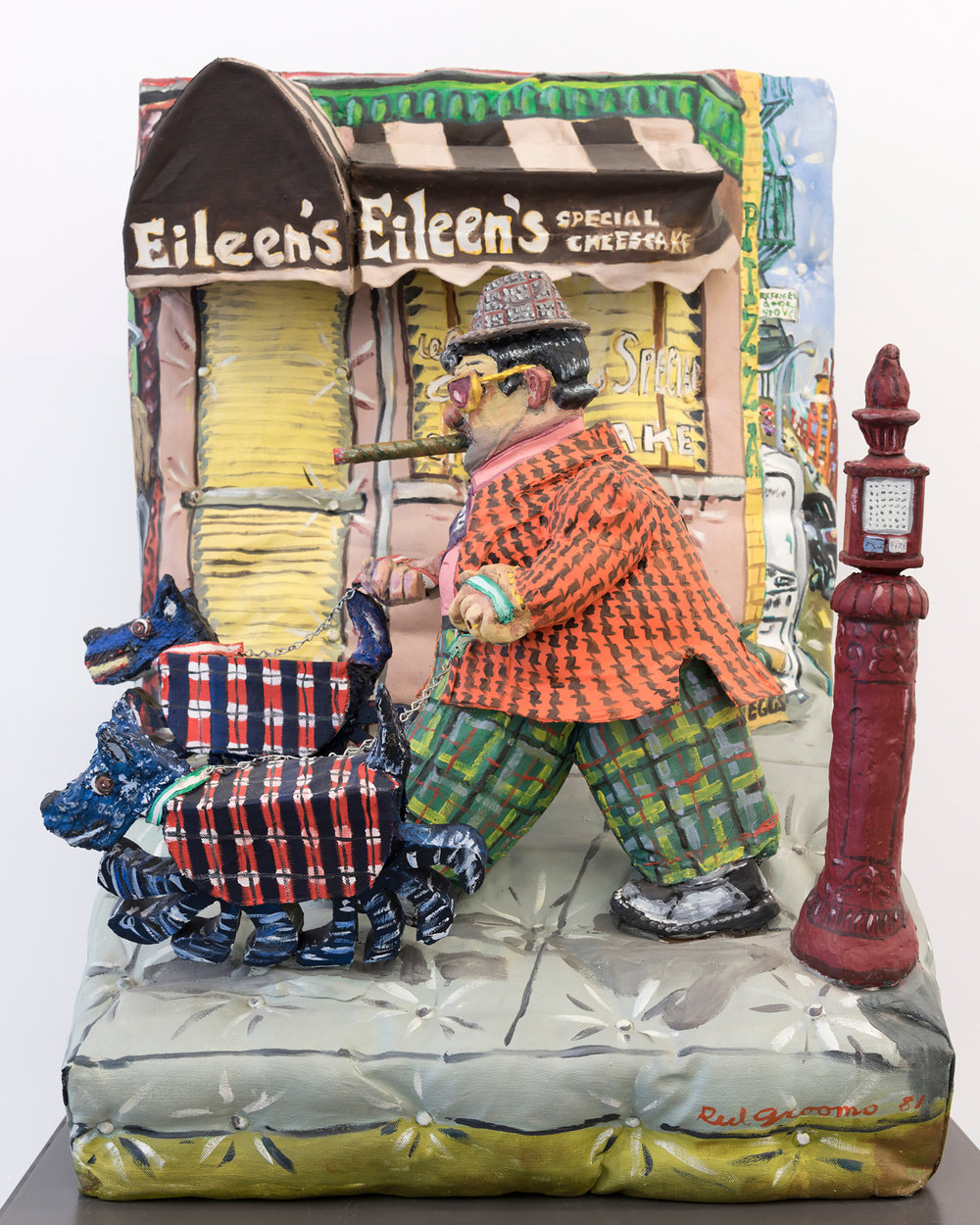
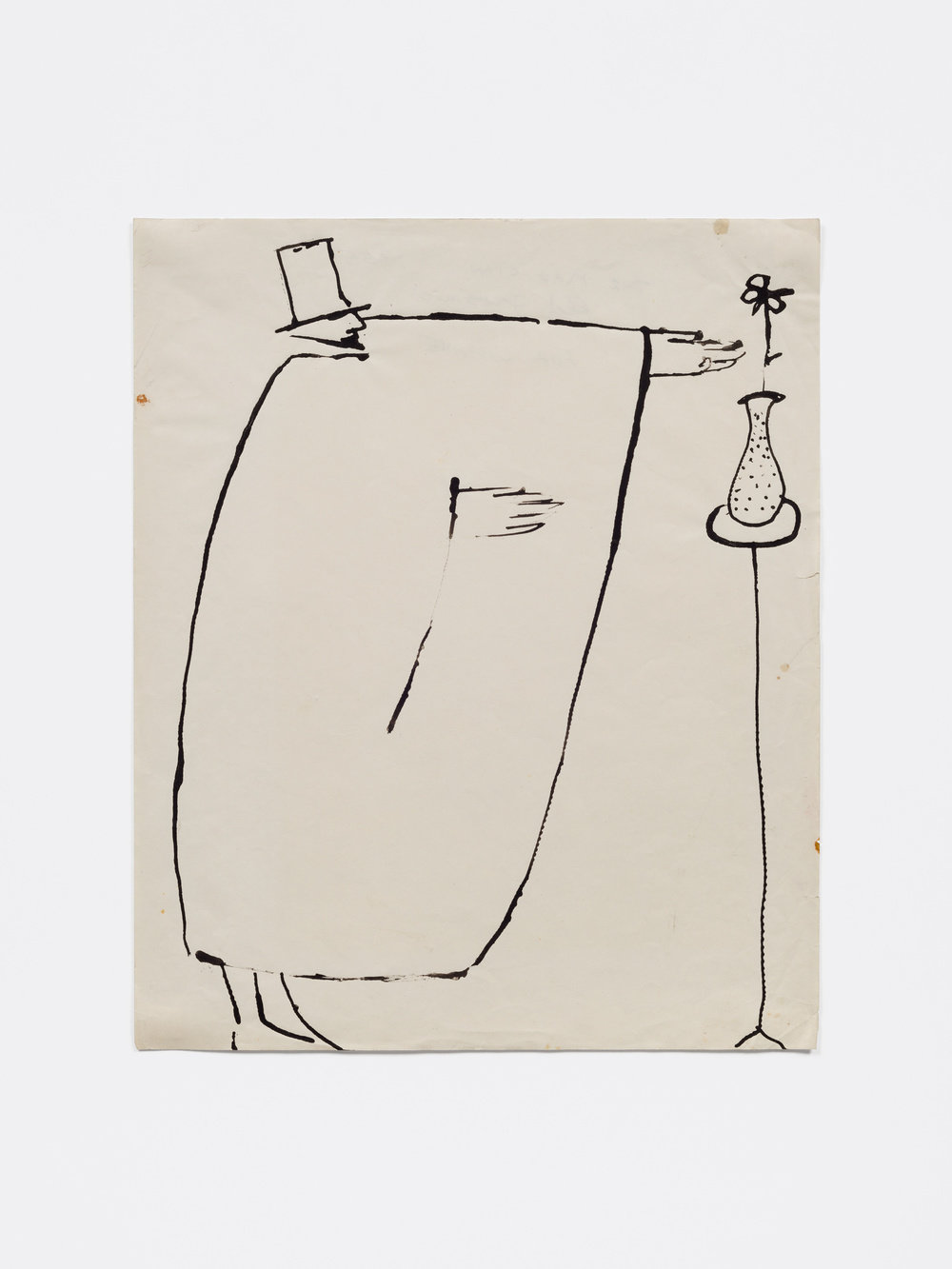
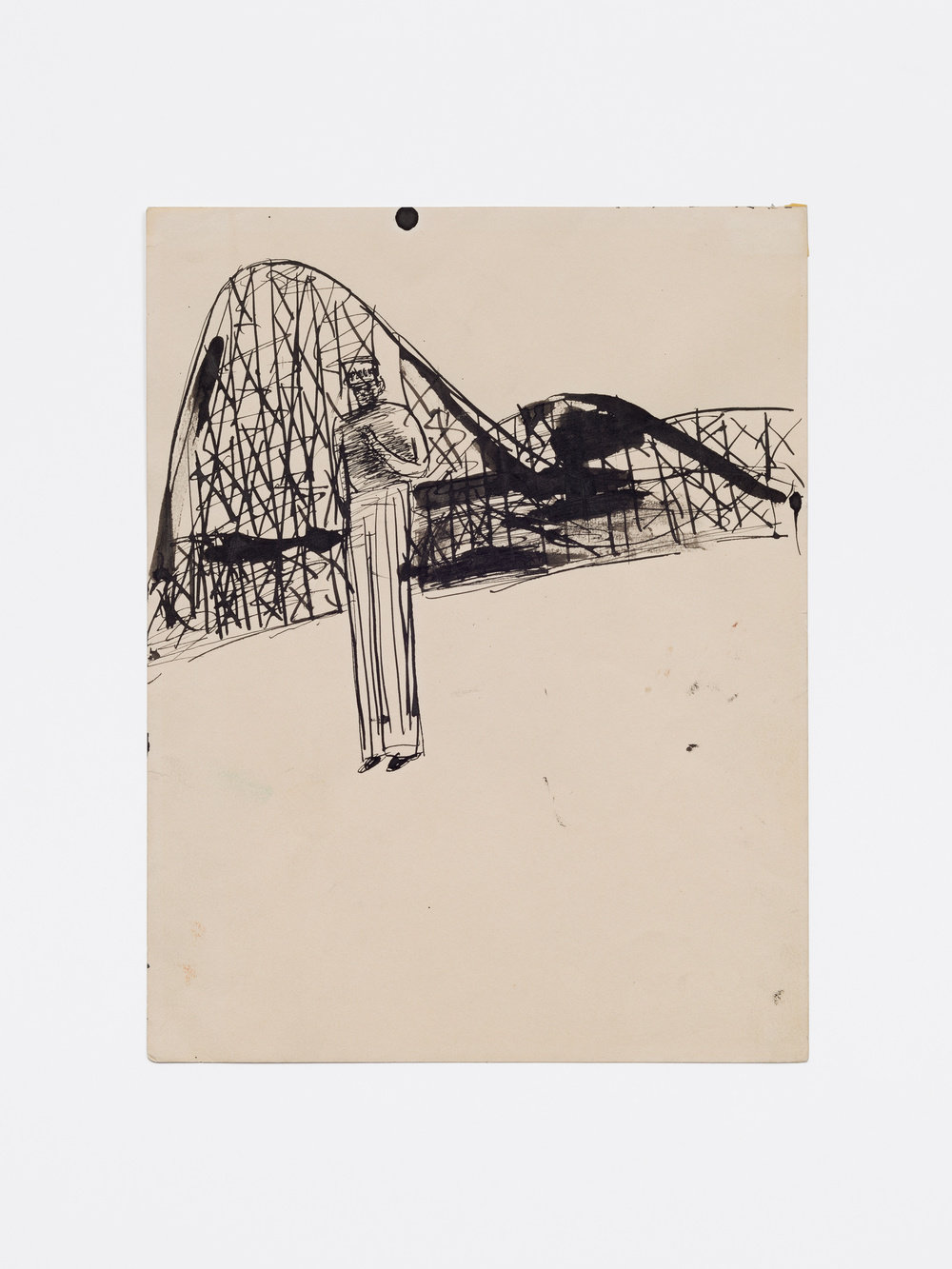
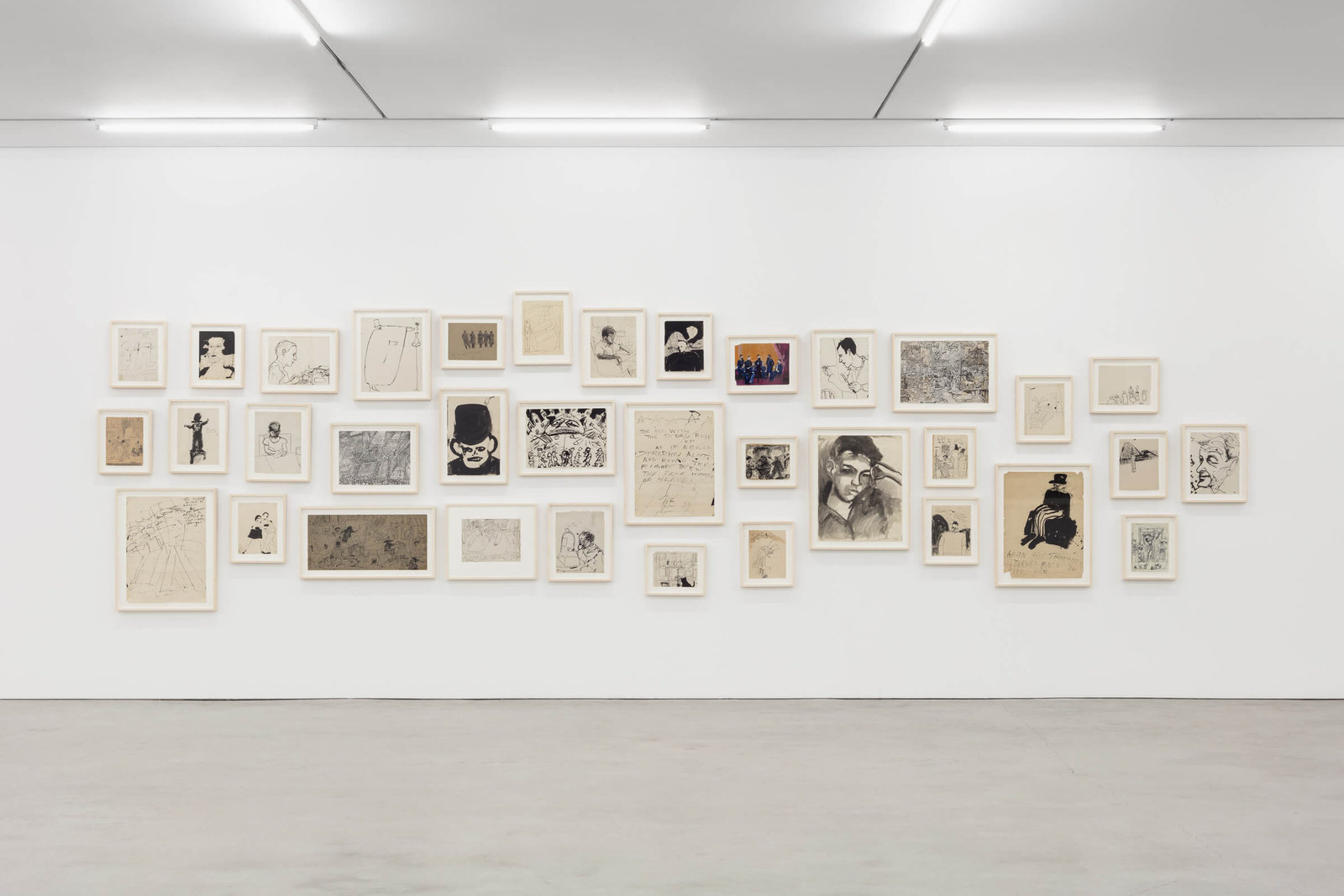
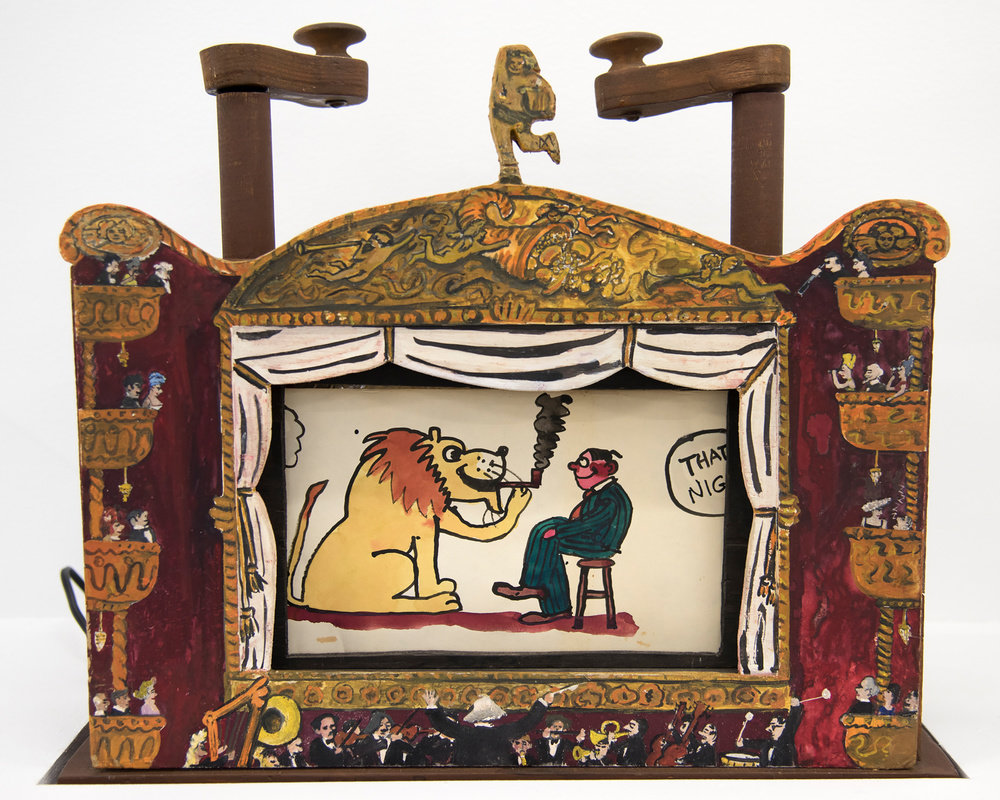


Press


